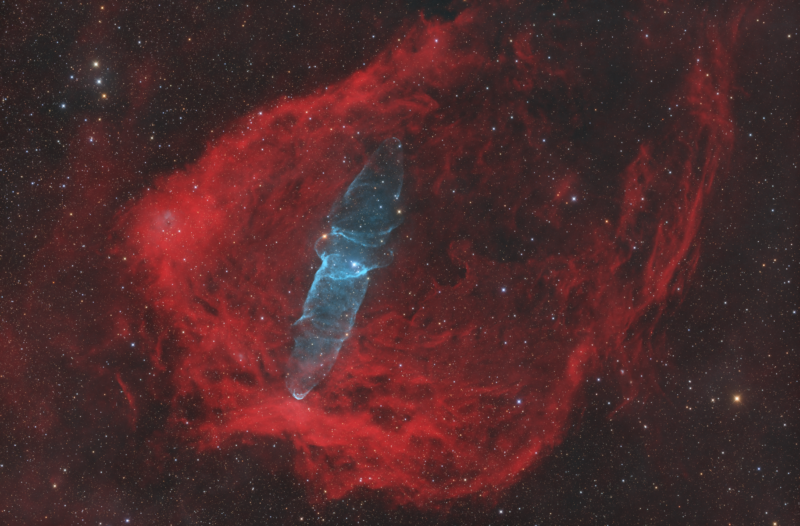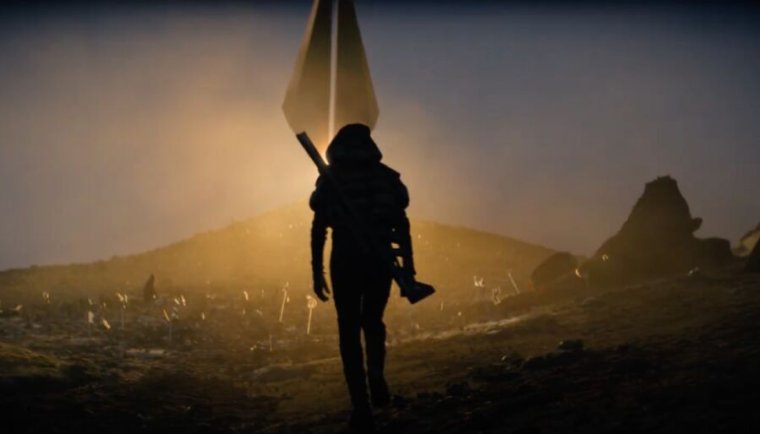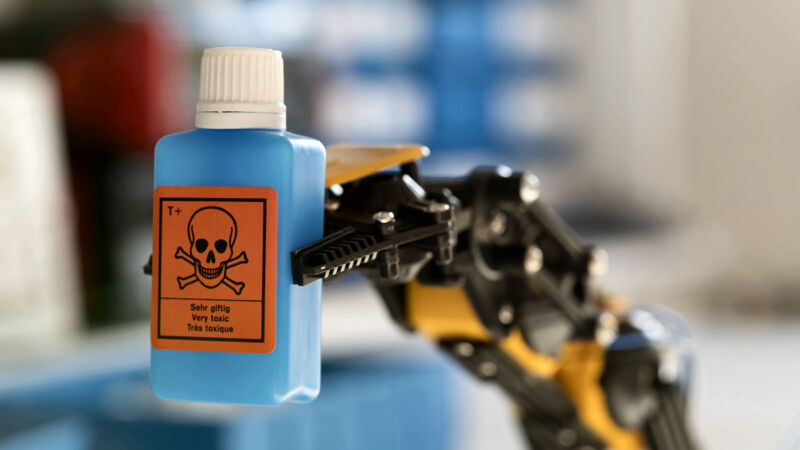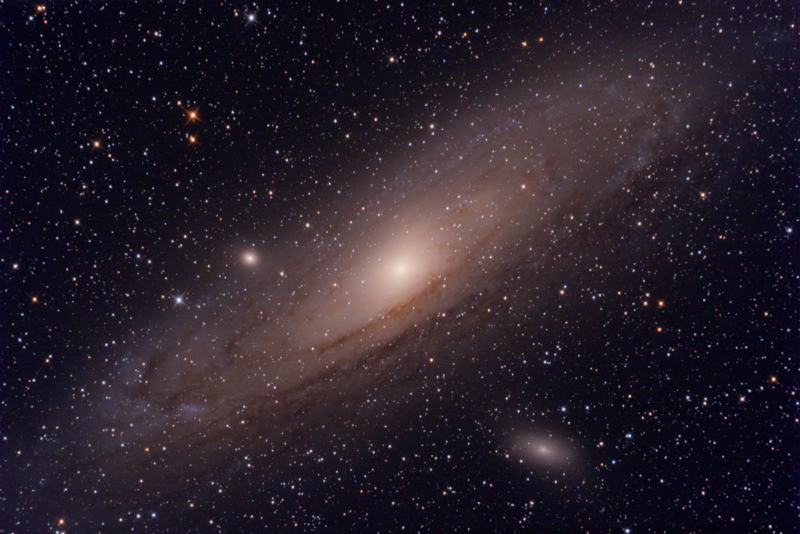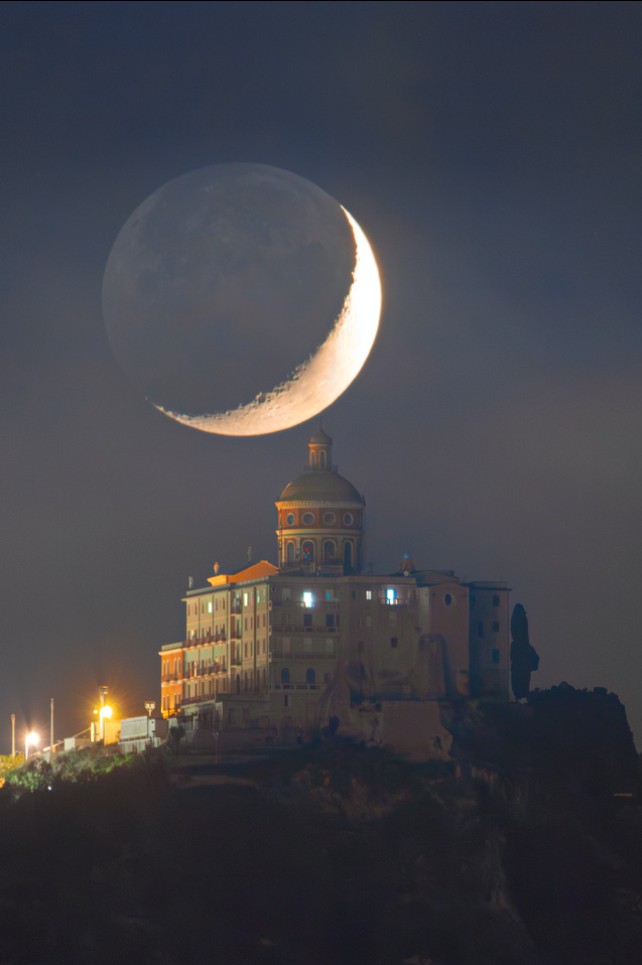
Enlarge (credit: Aurich Lawson | Getty Images)
On Monday, President Joe Biden issued an executive order on AI that outlines the federal government's first comprehensive regulations on generative AI systems. The order includes testing mandates for advanced AI models to ensure they can't be used for creating weapons, suggestions for watermarking AI-generated media, and provisions addressing privacy and job displacement.
In the United States, an executive order allows the president to manage and operate the federal government. Using his authority to set terms for government contracts, Biden aims to influence AI standards by stipulating that federal agencies must only enter into contracts with companies that comply with the government's newly outlined AI regulations. This approach utilizes the federal government's purchasing power to drive compliance with the newly set standards.
As of press time Monday, the White House had not yet released the full text of the executive order, but from the Fact Sheet authored by the administration and through reporting on drafts of the order by Politico and The New York Times, we can relay a picture of its content. Some parts of the order reflect positions first specified in Biden's 2022 "AI Bill of Rights" guidelines, which we covered last October.









